First off, I must apologise for the lack of content recently. I have been insanely busy, and losing a chunk of my roof didn’t help me free up any time, but I am now back with the amazing Block Kuzushi! 🙂
Nintendo were pumping out some great machines back in the late 70s with the ‘TV Game’ series, and although the ‘Block Kuzushi’ was quite different when compared with it’s ‘TV Game’ brothers, it must have been something special as it was the first console that Nintendo decided to put their logo on.

Released in 1979, Nintendo was trying to break-in to the break-out market (gamers will know what that means), and with design influence from Shigeru Miyamoto this 70s beast was a looker.
It is a single player machine with a range of game modes, but all the game modes pretty much equate to the same thing – break-out. Luckily with instructional graphics included on the control panel, it does have very user-friendly interface for people with no Japanese ability (as shown bellow).
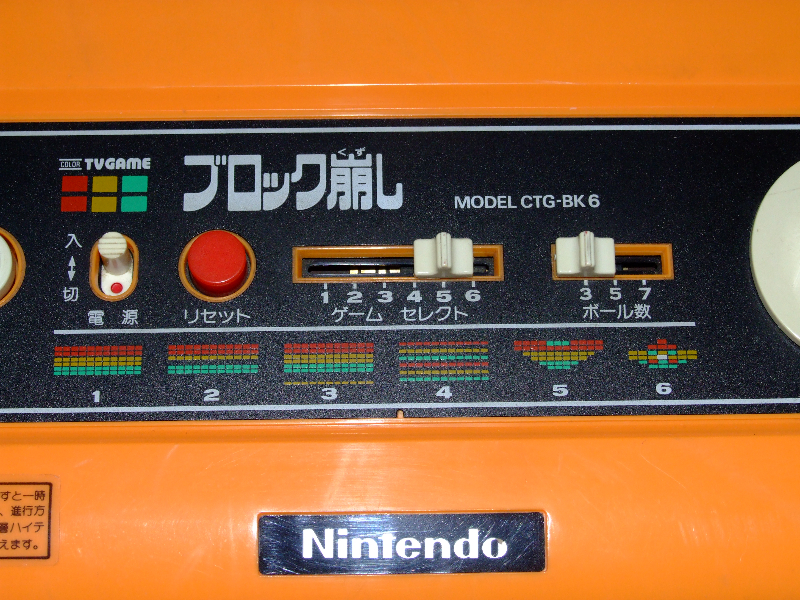
Nintendo is (and always has been) a forerunner when it comes to compatibility of adapters and peripherals with their range of machines. All the ‘TV Game series’ and the Block Kuzushi use the same adapter and RF switch. Sega didn’t do that Frank! 😉
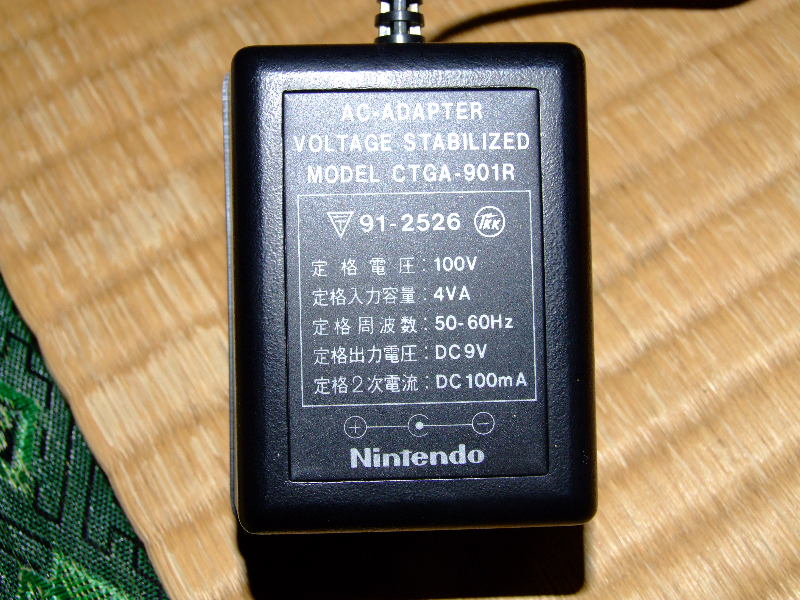
In play the Nintendo Block Kuzushi stands up very well with other break-out clones of the period, and honestly is still a great game even today.
It has a very solid wheel that 33 years on feels tough and responsive, and much like the other consoles released from Nintendo in the 70s (maybe with the exception of ‘Racing 112’) once I get it out I can’t help but sit down and play.
I actually delayed my schedule by almost an hour this morning by deciding to blog about this machine! 😀
If I was to complain about it at all I would probably say that the switches are a little bit on the twitchy side. I find I have to move switches a few times for them to register properly, but other than that I have no complaints, specially when you consider the age of the machine.
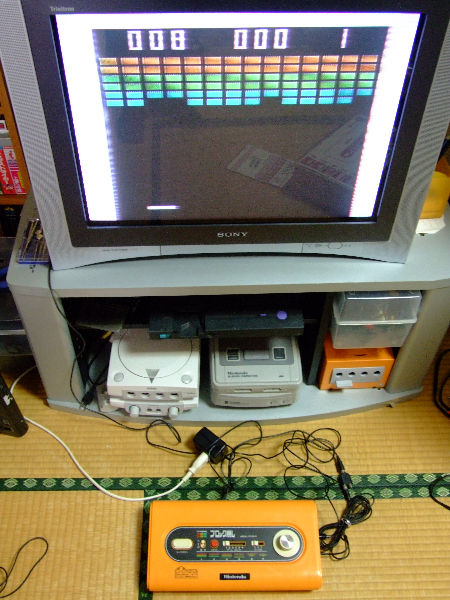
The 70s styling of the Nintendo Block Kuzushi makes it one of the best looking consoles around (in my opinion anyway). Everything from the art work in the manual, to the buttons and dials scream flared pants and plastic furniture! Just wish I had an orange TV to go with it.
Ahhhhhhhhhhhhhhhhh the 70s!
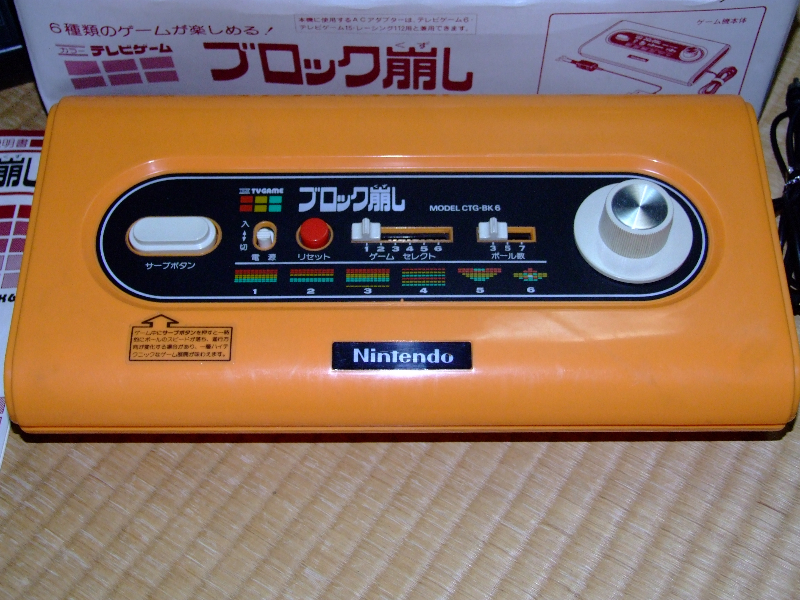
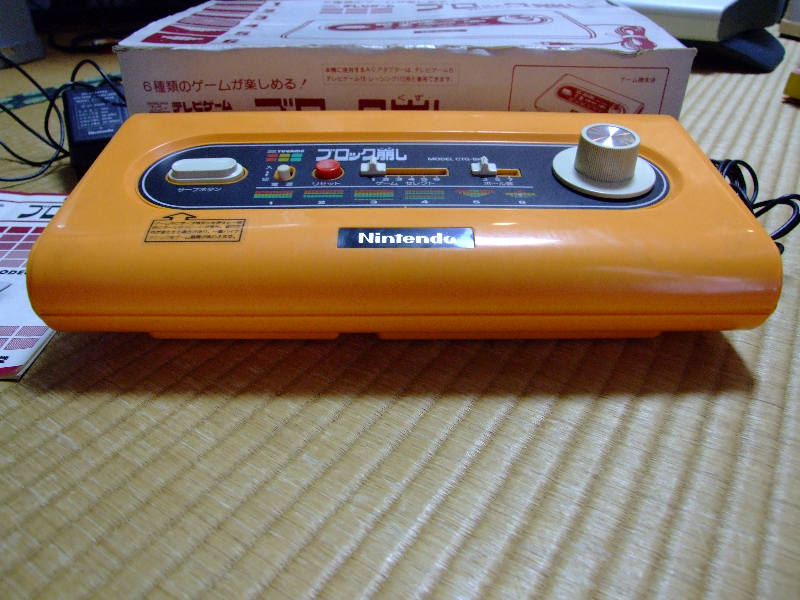
The Nintendo Block Kuzushi commands a fair price these days (from $60 – $200), but it’s well worth the money for any serious game collector. 🙂

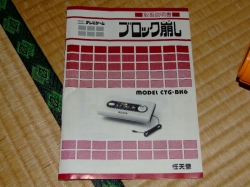
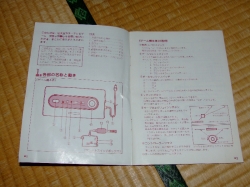
Bait taken. 🙂
SC-3000, SC-3000H, SG-1000, SG-1000 II, Mark III, Master System I, Master System II, Game Gear, Nomad, Mega Drive I, Mega CD I and the Mega CD II all use the same PSU regardless of region.
The Mega Drive II uses the same power supply as the 32X and the Saturn has the same power cable as the Dreamcast. This means that you can run every SEGA console with 3 different types of PSU.
In contrast, the Japanese Famicom, Aussie NES, US NES, Twin Famicom, N64 and the Game Cube all use a different power supply.
With the exception of SEGA’s later consoles (Saturn & Dreamcast) all SEGA consoles use the same controller pinout. In contrast, the Famicom, NES, SNES, N64 and the Game Cube all have incompatible controllers.
What about native RGB?
Master System – yep
Mega Drive – yep
32X – yep
Saturn – yep
Dreamcast – yep
Famicom/NES – nope
Super Famicom/SNES – yep
N64 – nope
Game Cube – nope
Yeah, take that Hollo! =)
P.s. glad to see you back in action. 🙂
I knew that’d get a response! I actually meant to write ‘Sega didn’t do that in the 70s’ 😀
P.S. Thanks. 🙂
I have almost finished getting the game room back in action, but there still is a fair bit of rearranging to do unfortunately.
No, SEGA were too busy making arcade games in the 70’s. 😛
Tim thinks I’m a closet Nintendo fan, and he may be right given that 85% of my recent retro purchases are Nintendo related. 🙂
Re rearranging, I can imagine what a nightmare that is going to be. My collection is 1/10th of yours and I hate it when I need to sort/tidy/rearrange it.
We ALL know you’re a Nintendo fan Frank. It’s just a matter of time before you find out as well. 😀
One good thing about the roof trouble is I got a chance to go through stuff that was buried in the hoard. Managed to find myself a few extra NeoGeo controllers which I was pretty wrapped about.
Hope the roof troubles are behind you now (as opposed to being above you….)
I`ve really wanted one of these for a while but haven`t come across any in the shops down in Fukuoka. I agree about the awesome 70s look – it indeed would be cool to have a retro orange TV to play that on!
There is still a bit of work that has to be done on the roof, but I’ve been assured that the roof won’t leak, so that’s good enough for me to start unwrapping and re-stacking the gear. What a hassle though – specially for the April rush!
I would really recommend grabbing one if you can Sean. They do play incredibly well. Even if you can find one off the auctions (although it’s not as good as the live hunt) it’s worth having. 🙂
Can you tell us how you connected it to the TV an what channel will the gameplay show up on ?
thanks
Hi Videogamearcade, I connected using a standard RF switch, and it works on channel 1 or 2 (can’t remember which off hand) like most of the Nintendo early machines. I have heard that people using PAL based TVs may have difficulty tuning in Japanese consoles via RF though, so maybe you’re having some trouble? If you are, make a post about and I will try to help out more.
I connect my Kuzushi with a US NES rf adapter . The picture is very wasted up almost unplayable . I guess the unit sends weak signal to my display . I used an old tube tv and a HDTV with same result.
That sounds like what it looks like when you choose the wrong channel (either 1 or 2). If I choose 1 when it should be 2 (or visa versa), I can see the game running, but it’s completely “snowed” out and pretty much unusable.
It could be that the unit is sending a weak signal though, but I’ve never had any RF Nintendo machine (TV Game 6, 15, Kuzushi, Famicom etc.). You gave the connections a clean with Isopropyl?